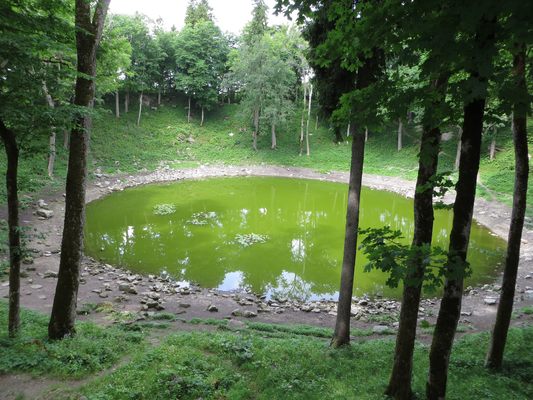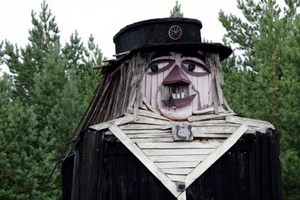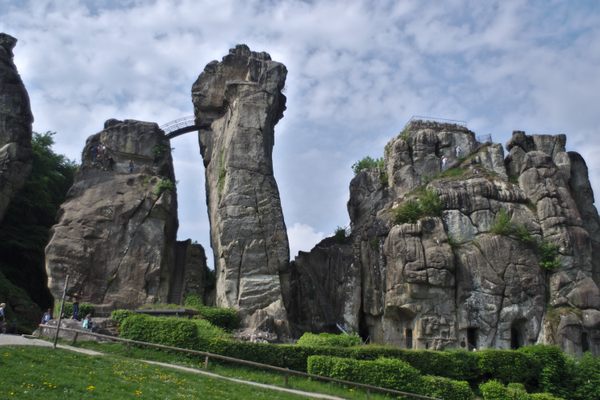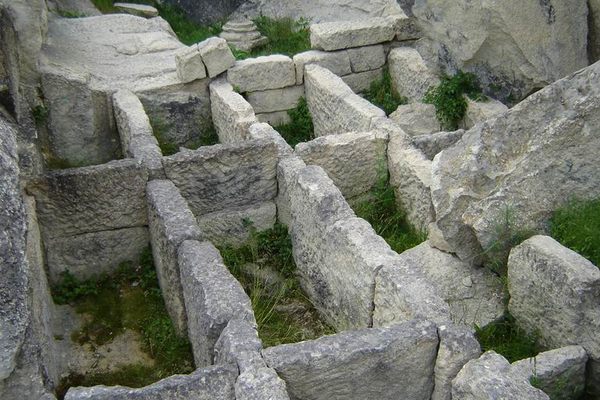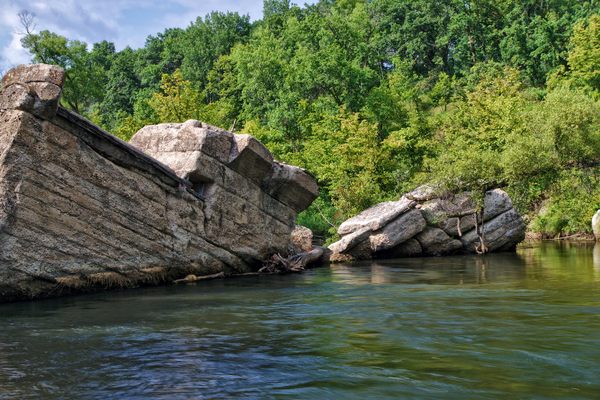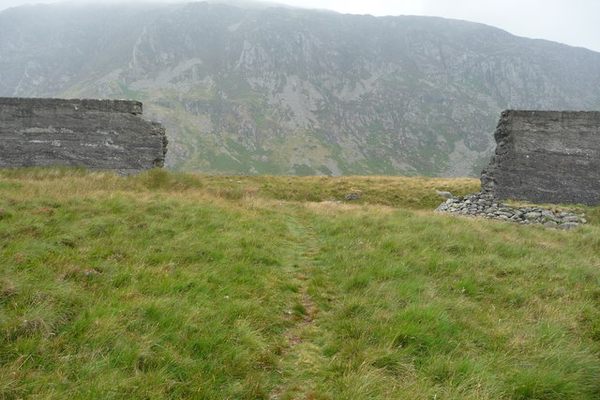About
Kaali, on the Estonian island of Saaremaa, is the site of the last giant meteorite impact to occur in a densely populated region. The landscape that the collision left in its aftermath has been the subject of many mythological tales and may have been home to a mysterious ancient cult.
About 7,500 years ago, a huge rock from space came hurtling toward the Earth. Several kilometers above the Earth's surface, the meteorite broke into pieces from the pressure and heat of the atmosphere. The resulting chunks collided into Saaremaa with the force of a small nuclear bomb, wreaking havoc on the landscape and possibly claiming numerous victims.
The explosion left nine total craters, now known as the Kaali Meteorite Crater Field. Some of these craters are quite small: one measures only twelve meters across and one meter deep. But the most interesting of the group is the largest crater, a gently sloping bowl filled with stagnant, murky water.
Simply known as Kaali crater, the largest crater (which measures 110 meters across) is believed to have been a sacred site for many centuries, in part due to its cosmic origin. Surrounding Kaali crater are the remains of an immense stone wall from the Late Bronze Age, stronger than any similar structures in the region and providing clues to the crater's use by ancient peoples.
Archaeologists believe it is possible that the wall served as a stronghold for an ancient cult settlement. As evidenced by the unusually large quantity of animal bones found within the wall's borders, the Kaali crater lake was not only a watering place but also a place of sacrifice. While it is known that Estonians have made live offerings in the past (for good harvests and other reasons), one curious aspect of the site's animal remains is that some date back only to the 1600s, long after the Church forbade such rituals.
Some even believe that ancient offerings still remain undiscovered at the bottom of the six-meter-deep Kaali lake. However, deposits of oak trees in the water have prevented scientists from probing beyond four meters below the surface. Whatever the case may be, Kaali is a site of indisputable importance, historically and scientifically speaking.
The experience doesn't end at the crater field. There is even a Kaali Meteor Museum and Hotel—in case you want to stay for another day among ancient cult ruins and the evidence of terrifying destruction.
Related Tags
Know Before You Go
Kaali Visitor Centre is in Kaali meteorite field. It is about 3 km from Kuivastu on the Kuressaare road 18 km from Kuressaare and 62 km from Kuivastu. Regular local buses stop in Kaali Village several times a day.
Published
May 10, 2010







